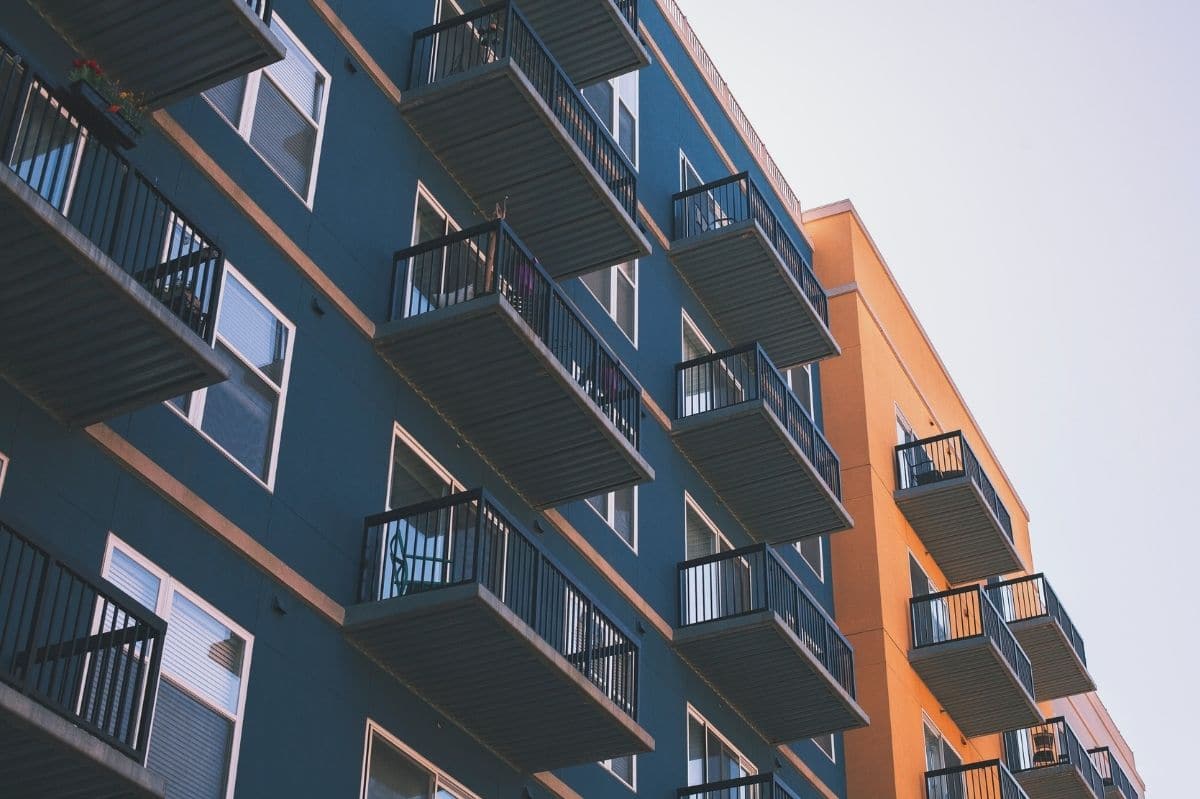Understanding and keeping building insurance valuations up to date can help control the costs of rising premiums.
For most body corporate schemes, the cost of insuring the building is the highest line item on the budget. Recent years have seen continual upwards pressure on premiums, and this trend is expected to continue. Costs can be difficult to control when so much depends on wider market forces, but it is still important that Body Corporates do what they can to keep their site up to date.
Undertaking necessary repairs, actioning the sinking fund plan and resolving safety issues are all important factors in helping keep premiums under control, but perhaps the easiest way to ensure your plan is paying insurance at the correct level is to make sure your building insurance valuation is up to date.
What does the Body Corporate Act say about Insurance?
Under the Act, Body Corporates must ensure their buildings are valued at least every five years, but that is only the minimum requirement, and there may be good reasons to have your site checked more frequently than that.
As a start point, it’s important to know what the valuation actually values. It is not, as many people think, a reflection of the property prices but instead considers the costs of rebuilding the scheme in the event of total loss.
What is and isn’t included in Building Insurance Valuations?
The Act states that each body corporate must take out insurance to cover damage to the building and other costs to reinstate or replace the insured buildings and while each company that undertakes valuations will present the information differently, the valuation for your building should include details of:
- Rebuilding costs at the date of calculation.
- Costs for demolition and removal of debris.
- Costs of all professional fees, including council fees and applications.
- An allowance for GST.
- Consideration for cost escalation during the rebuilding stages.
It’s also important to note what is not included. Common factors here include:
- Furniture and fittings.
- Loss of rent during reconstruction.
- Costs in the event of a widespread catastrophe.
The valuation will also likely include details about the construction of the building – age, materials and so on, as well as details of the site, including the address and who did the report and when. It’s easy to skip over some of these details, and the standard of reporting will vary depending on the company used, but it is worth checking through the fine print to make sure that the information provided corresponds with your understanding of the building.
When is the best time to arrange for a Valuation?
Once completed, the valuation is usually provided to your insurer and becomes a factor in calculating your premium. It can be helpful to arrange any new valuation to time in with your insurance renewal date, but they can be done any time, and it is common to have premiums adjusted mid-policy to reflect the updated figures. Some lucky owners even get a refund as a result.
The valuation is considered by the insurer each year, with many applying a standard percentage increase to allow for fluctuating construction costs and inflation. These increases can see the amount of the valuation rise substantially over the years, so it is helpful to monitor them.
For example, a building valued at $3,000,000 that has its value increased by five per cent every year for five years will be valued at $3,800,000 at the end of the period. The premium will be adjusted accordingly.
To check this for your site, compare the number on the last building insurance valuation completed against the value applied for your insurance this year. If you think there is a discrepancy, it could be time to get a new valuation done. Committee members should also check this detail with their body corporate manager when considering renewal options. Ask what increase has been applied and on what basis. Bear in mind that standard increases aren’t necessarily wrong – building costs change and mostly increase, but the insurance broker for your site should be able to give a clear justification for what increase has been applied.
Beyond this, owners should consider getting new valuations done following major renovations, legislative changes that may have affected their complex or general shifts in inflation and building costs. It makes sense for Committees to at least review your valuation each year as part of the renewal process and, all things being equal, have a vote on getting a new valuation at least every three years so the options can be considered.
_____________________________________________
If you would like an update on your building insurance valuation contact your manager:
Tammy Lynch: tammy.lynch@towerbodycorporate.com.au P: 0466 156 765
Samantha Morrison: samantha.morrison@towerbodycorporate.com.au P: 0434 670 058
Kelly Borell: Kelly.borell@towerbodycorporate.com.au P: 0435 766 852
Will Marquand: will.marquand@towerbodycorporate.com.au P: 0427 125 656

